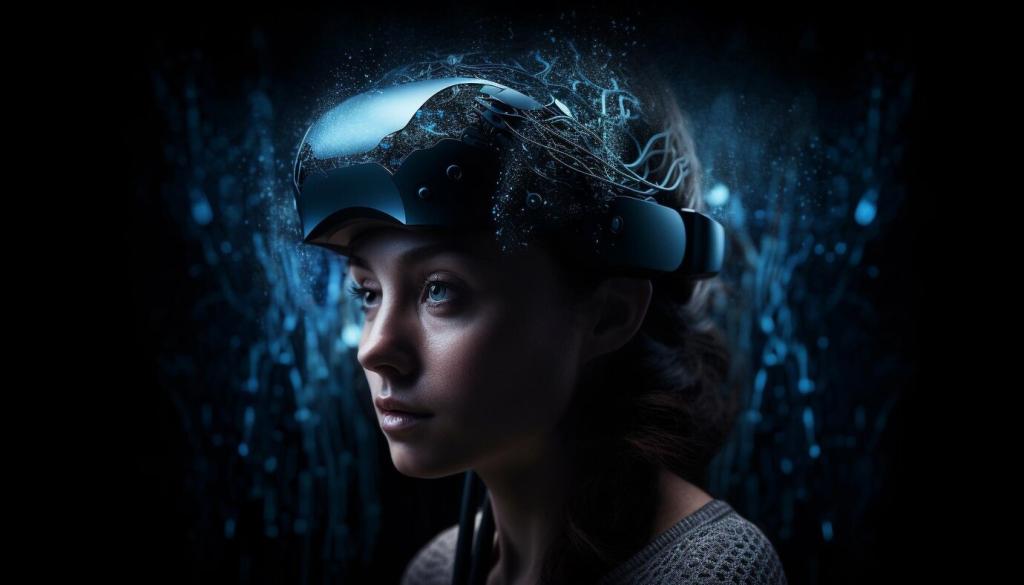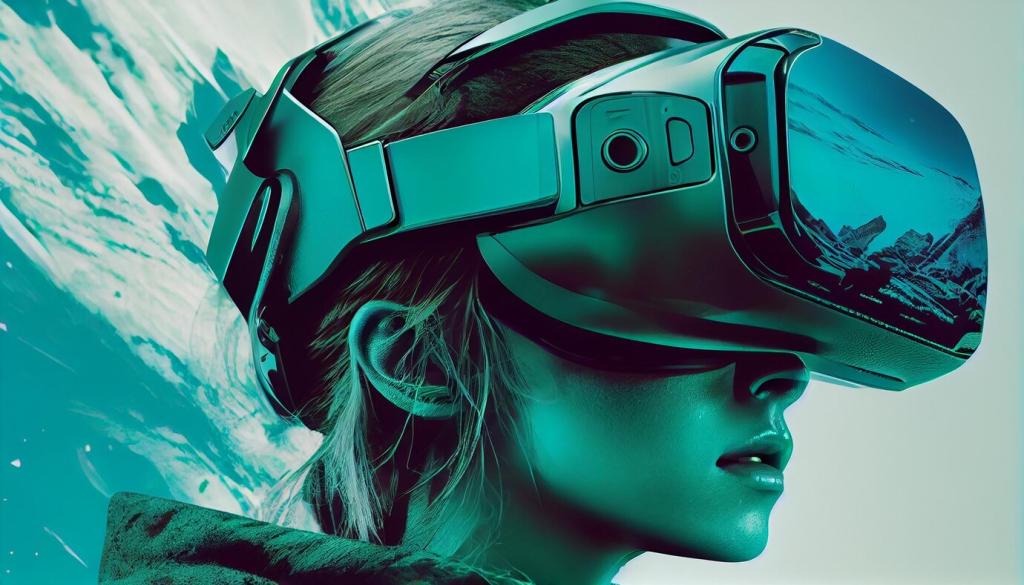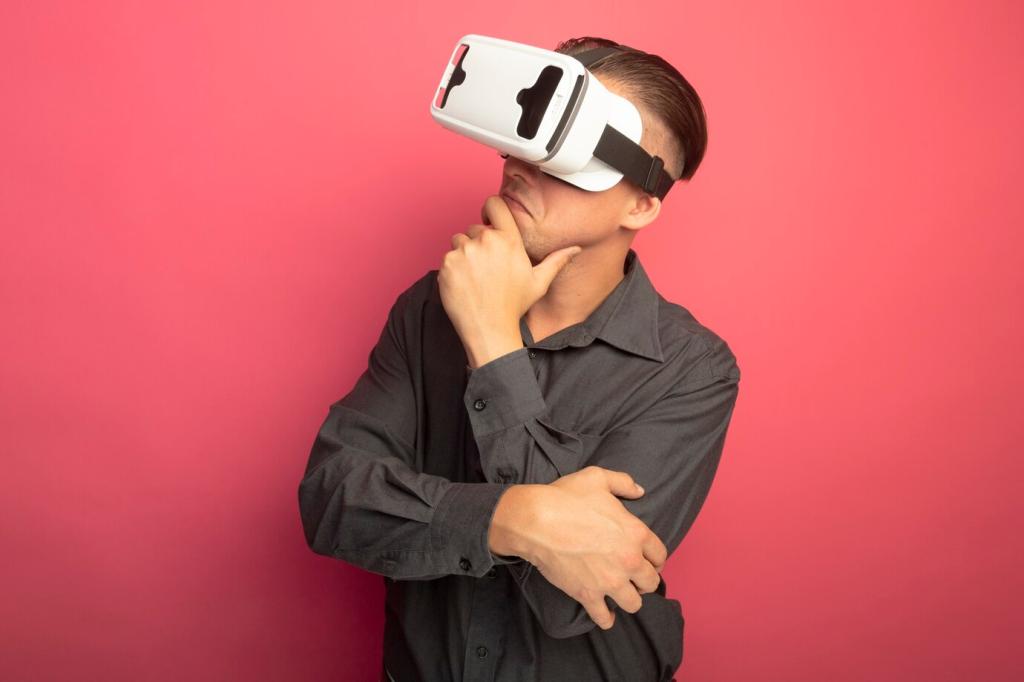Virtual Reality Transformations in Interior Design
Virtual reality (VR) is revolutionizing the world of interior design, offering innovative solutions for visualizing and experiencing spaces before they are physically realized. From conceptualization to collaboration, VR introduces unprecedented efficiency, creativity, and precision to the creative process. By allowing designers, clients, and stakeholders to step into digital environments that mirror reality, VR bridges the gap between imagination and execution. This page explores how VR has transformed every facet of interior design, from the initial spark of inspiration to project completion and client satisfaction.

The New Era of Interior Visualization
01
One of the most profound shifts VR brings to interior design is the immersive experience it offers. Clients and designers alike can virtually walk through renderings of proposed spaces, evaluating how elements like natural light, furnishings, and layouts interact in real time. This immersion leads to a deeper understanding of spatial flow and practical considerations, revealing issues or opportunities that might go unnoticed in traditional blueprints. Through such firsthand experiences, stakeholders become more engaged and invested in the design process, resulting in solutions that closely align with both vision and functionality.
02
With VR, collaboration between designers and clients reaches new levels of clarity and efficiency. Instead of relying on imagination to interpret 2D plans or abstract concepts, clients can see and interact with their future spaces in vivid detail. This fosters more meaningful feedback and dynamic dialogue, reducing misunderstandings and last-minute changes. The collaborative process becomes more inclusive, allowing even those with little design experience to contribute confidently, shaping outcomes in ways that truly reflect their needs and tastes.
03
VR technology enables precise simulations of how materials, textures, and lighting will appear and behave in a completed space. This realism allows designers and clients to explore a vast array of finishes, fabrics, and lighting scenarios, adjusting each component in real time. Such simulations mitigate the risk of costly mistakes by providing a true-to-life preview of the finished design. As a result, decisions are informed by accurate representations rather than guesswork, leading to higher satisfaction with the final result.
Bridging Concept and Reality
In any design project, uncertainty about how the completed space will actually feel is a persistent challenge. VR neutralizes this uncertainty by allowing users to explore every nook and cranny of a proposed interior in advance. Clients can intuitively assess scale, circulation, and composition, identifying potential concerns and preferences early in the process. This proactive exploration yields fewer surprises during construction, saving both time and money, and leading to outcomes that are much closer to the envisioned result.

Innovating the Design Workflow
By leveraging VR, designers can quickly generate, test, and refine multiple design concepts within a digital environment. Changes to layouts, materials, and decor can be made on-the-fly, visualized instantly, and shared with stakeholders for rapid feedback. This acceleration of iterations leads to more robust and innovative solutions, as teams can experiment without the cost or time associated with physical prototypes. The cumulative impact is a compressing of project timelines and an expansion of creative exploration.
Design projects often require collaboration among architects, engineers, contractors, and clients. VR provides a unified platform where all participants can engage directly with the design, regardless of physical location. This centralization fosters transparency and streamlines communication, enabling real-time problem-solving and informed decision-making. The ability to host virtual walkthroughs or design meetings with all stakeholders present ensures that everyone remains aligned, reducing miscommunication and rework.
Modern interior design relies on an array of digital tools for modeling, rendering, and documentation. VR integrates seamlessly with these platforms, enabling designers to import 3D models and adjust them in immersive settings. This integration reduces redundancy, accelerates workflows, and ensures consistency across every phase of the project. The synergy between VR and existing design software leads to higher-quality outcomes and a process that adapts to the fast pace of client demands and industry standards.

Customization at a New Level
Empowering Individual Choices
VR makes it possible for clients to actively participate in the design process, experimenting with colors, finishes, and configurations until they find the perfect match for their tastes and lifestyle. This hands-on customization transforms clients from passive observers into co-creators, deepening their investment in the project. The process becomes an exploration of possibilities, where each choice can be visualized, adjusted, and finalized with confidence before any physical work begins.
Real-Time Feedback for Personalization
Personalization is most powerful when it is immediate, and VR delivers this through real-time feedback. As clients make changes to furnishings, lighting, or layout, they instantly see the effects in a fully realized virtual environment. This interactivity fosters creativity and ensures that final choices are made with complete understanding of how the completed space will look and feel. The ability to preview and perfect a custom design leaves clients with a sense of ownership that traditional methods struggle to match.
Accessibility of Bespoke Design
Historically, achieving a bespoke interior often required extensive time, resources, and specialized knowledge. VR democratizes this process, making custom design accessible to a wider audience. Even those without design expertise can explore, experiment, and make decisions confidently within a virtual environment. The platform’s intuitive interfaces and guided experiences ensure that everyone, regardless of background, can participate in shaping spaces that are truly personal and meaningful.
Sustainability and Smart Resource Management
VR facilitates the selection and evaluation of sustainable materials by allowing clients to visualize and compare options in a realistic setting. Environmental properties, life cycle impacts, and aesthetic qualities can all be explored digitally before any materials are ordered. This foresight empowers stakeholders to prioritize green solutions without compromising on style or quality. Decisions are made with a fuller understanding of their environmental consequences, promoting healthier, more responsible interiors.
Client Engagement and Satisfaction
VR brings clarity to the design process by providing visual and experiential representations of proposed solutions. Clients gain a true sense of the final space, reducing the ambiguity and anxiety that often accompanies major design decisions. This transparency fosters trust between designer and client, as all parties share a common understanding of goals and outcomes. The result is smoother communication, fewer surprises, and a more harmonious project experience.
Previous
Next
Impact on Training and Professional Development
Immersive Learning Environments
Aspiring designers benefit greatly from immersive learning experiences powered by VR. These digital platforms simulate real-world scenarios, allowing students to practice spatial planning, material selection, and creative problem-solving in risk-free settings. By engaging with diverse design challenges, learners build confidence and competence faster than traditional classrooms allow. VR’s ability to replicate professional environments prepares the next generation of designers for the demands and opportunities of contemporary practice.

Join our mailing list
